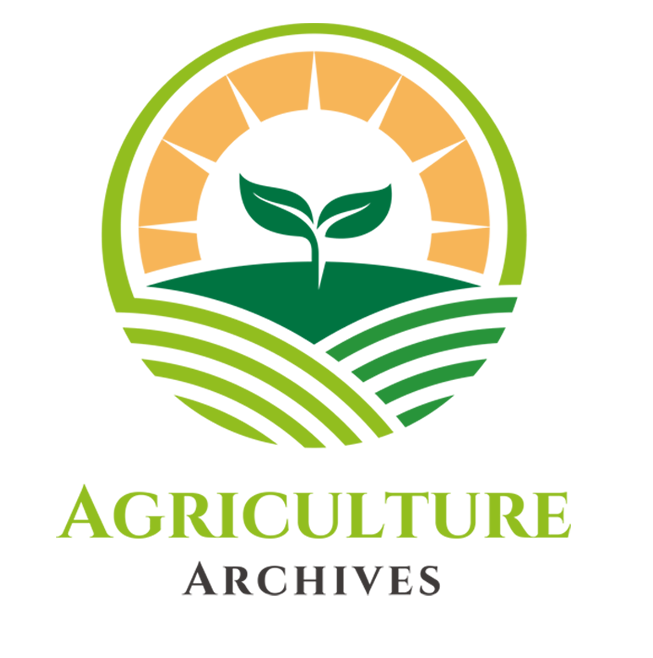Alginate oligosaccharides (AOS) are functional substances in seaweed extracts that regulate crop quality and stress tolerance. This extensive study meticulously explores the intricate dynamics of garlic cultivation, unraveling the impact of garlic variety and Alginate Oligosaccharides (AOS) treatments on various crucial growth and yield parameters. The research encompasses three distinct garlic varieties—BARI Garlic-1 (V1), BARI Garlic-2 (V2), and BARI Garlic-4 (V3)—subjected to four AOS treatments: control (T1), 50 ppm AOS (T2), 100 ppm AOS (T3), and 200 ppm AOS (T4). The experiment was conducted in Randomized Complete Block Design (RCBD) with three replications. An outstanding outcome unfolds as BARI Garlic-4 (V3) emerges as the top performer, achieving the highest per-hectare yield at 6.80 metric tons, showcasing an impressive 69.35% increase over the control. Additionally, the application of 50 ppm AOS (T2) consistently exhibits positive effects on plant height, manifesting a significant 20% increase compared to the control. The nuanced interaction analysis underscores the indispensable need for personalized AOS applications, exemplified by the synergistic pairing of BARI Garlic-4 (V3) with 50 ppm AOS (T2), resulting in a noteworthy 34.83% increase in yield per plot and a substantial 31.73% increase in yield per hectare over the control. The abstract encapsulates critical numeric data, highlighting the outstanding yield per hectare of 6.80 tons for BARI Garlic-4 (V3) and the remarkable 20% increase in plant height achieved under the 50 ppm AOS (T2) treatment. These findings not only provide practical insights for garlic farmers but also significantly contribute to the optimization of garlic cultivation practices, emphasizing the research’s practical relevance and its profound impact on garlic productivity.
